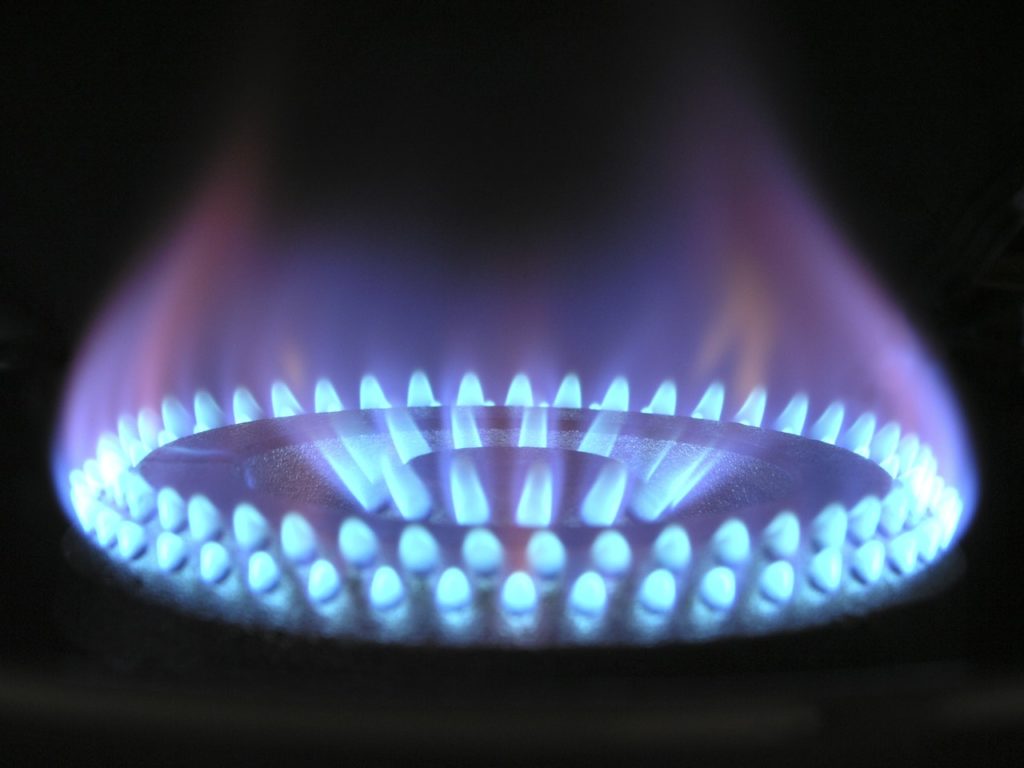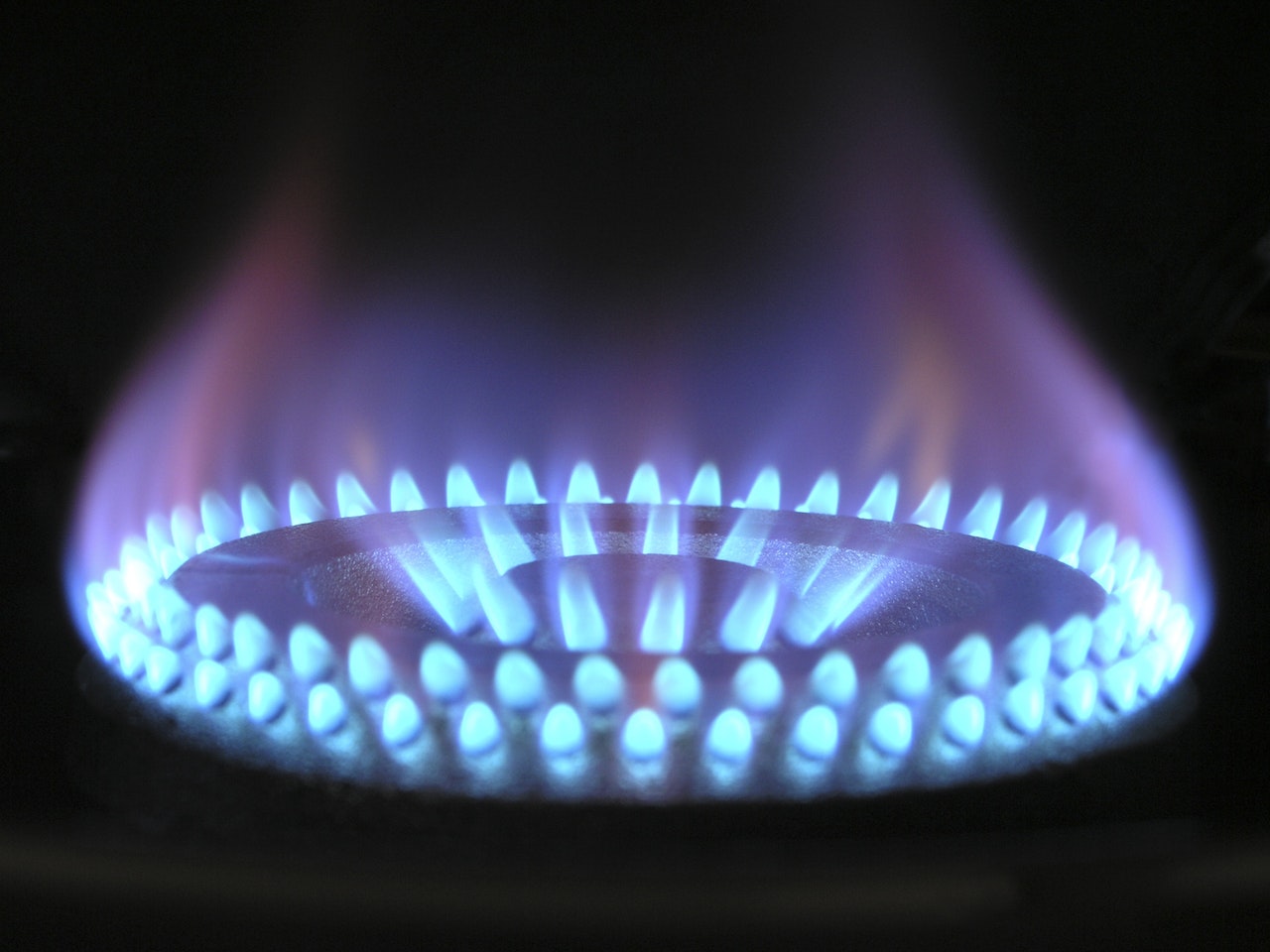
I learned this today. We feel pain when we touch something very cold or very hot because of thermoreceptors in our skin that are activated by different proteins.
Humans are able to withstand a fairly large range of temperatures, but we have to wear clothes to do this. Ancient humans started wearing clothes about 780,000 years ago. This is known because stone tools for preparing animal hides dated from then have been found. The reason for this is that ancient humans started to spread from the warmer climates of Africa to the colder northern areas. Without clothes, they wouldn’t have survived for too long.
However, temperatures outside of the range we have evolved to deal with can be extremely dangerous. Obviously, if we touch something that is too hot, about 48℃ and up, we will burn ourselves. If we touch something that is too cold, below freezing, we can freeze the cells in our skin and get frostbite. Our bodies have evolved a response to protect us from this damage. It is called the pain response.
The pain response is an automatic response that is responsible for you moving any part of your body out of the way of danger. If you prick your finger with a needle, you will automatically jerk your arm back. There are microscopic pain receptors called nociceptors in your skin and these nociceptors are attached to long nerve fibers that attach to the spinal cord. There are different types of nociceptors. The ones that react to a needle prick are called mechanical nociceptors and they respond to pressure or mechanical deformation of the cell. When they react, they send an electrical signal up the nerve to the spinal cord and on to the brain. The signal goes to the thalamus in the brain where it is transmitted to the somatosensory cortex, which controls physical sensation, the frontal cortex, which controls thinking, and the limbic system, which controls emotions. However, before the signal has even reached your brain, an automatic response in the spinal cord will cause the muscles of your arm to contract, moving your hand away from danger. Before you even know you have hurt yourself, your body will have moved to protect itself. This is the pain response.
The same principle applies for hot and cold, except there are different nociceptors. They are called thermoreceptors. The problem that evolution has solved here is that, unlike mechanical nociceptors, waiting for pressure or cell deformation would be too late. They need to react, before there is significant damage. It is not possible to have one system that reacts to all extremes of temperatures, so we have three different systems that are controlled by heat reactive proteins. We have nociceptors with the proteins TRPV1, TRPM8, and TRPA1. (TRP means transient receptor potential). When these proteins are activated, they open up passages that let ions flow through. This builds up an electrical difference which sends an electrical signal along the nerve to the brain, causing the same pain response.
TRPV1 reacts to temperatures over 42℃. TRPA1 reacts to extremely low temperatures. TRPM8 reacts to cool temperatures and causes less of a pain response. These three proteins are what allow us to avoid dangerous temperatures. Thanks to TRPV1, you will have pulled your hand off a hot stove before your brain has even realized that it is hot.
The interesting thing about these proteins is that they can also be stimulated chemically. TRPV1 reacts to heat, but it also reacts to capsaicin, the chemical found in chilis. You get the same pain response that you would have if you burned yourself, which is why your brain tells you your mouth is burning. And TRPM8 reacts to menthol, which is why your mouth feels cold after eating mints or brushing your teeth.
The thermoreceptors don’t keep reacting. After they send a few signals, they stop responding. This is why you can jump into a bath of cold water and, if you can bear the original shock, it won’t feel so bad after a few moments. That is until someone else jumps in and the moving water activates the thermoreceptors again.
So, our body has a pain response that saves us from injury by making us pull our hands, or whatever part of our body is at risk, away from harm. Nociceptors are stimulated and send an electrical signal up the nerves to the brain. A reaction in the spinal cord also makes us pull our hands away from the danger. Some nociceptors have specific proteins that react to different temperature ranges. These are activated when our skin comes into contact with something in that temperature range and we experience the pain response. And this is what I learned today.
Sources
https://www.bbc.com/future/article/20170206-why-do-we-feel-hot-and-cold-as-pain
https://en.wikipedia.org/wiki/TRPA1
https://en.wikipedia.org/wiki/Thermoreceptor
https://en.wikipedia.org/wiki/TRPM8
https://en.wikipedia.org/wiki/TRPV1
https://www.sciencefocus.com/science/when-did-humans-first-start-wearing-clothes/
https://www.uofmhealth.org/health-library/colde
https://en.wikipedia.org/wiki/Nociceptor
https://www.verywellhealth.com/how-we-feel-pain-2564638

